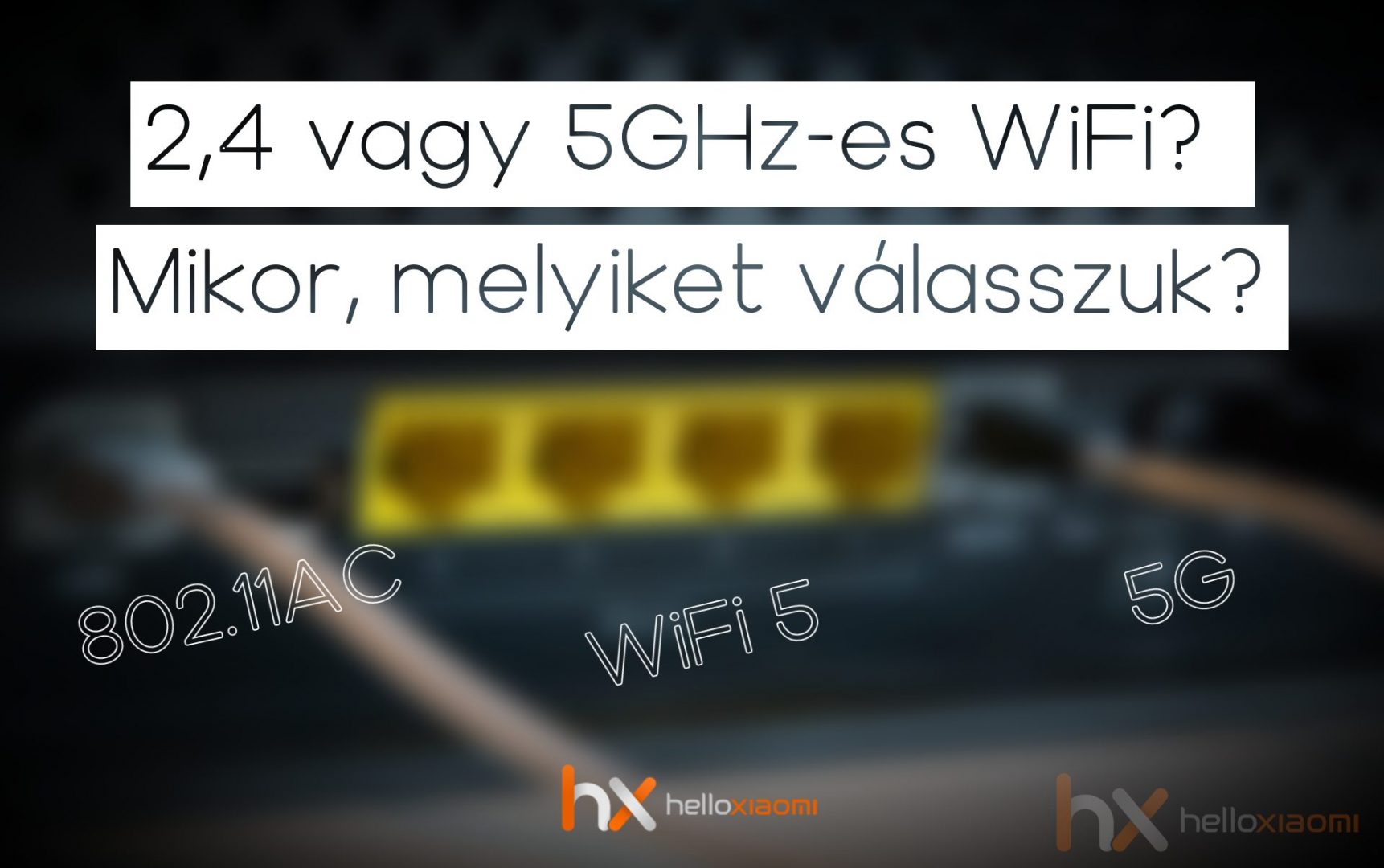Nowadays, 5G is the name given to 5Ghz Wi-Fi. However, this name can be misleading for many, as it is the name given to the fifth generation mobile network. And the two have nothing to do with each other, except of course that the internet "comes on it".
WiFi networks nowadays operate at 2.4 (WiFi 4, also known as 802.11 b/g/n) or 5Ghz (WiFi 5, 802.11 AC). 2.4Ghz is still the overwhelming majority in most households, but 5GHz is also becoming more common.
But what is it for? When should you use it?
The short answer is that it is faster. It can basically move more data at a time than the 2.4. However, this also depends to a large extent on distance, as 5Ghz networks have a shorter range than 2.4Ghz networks.
It's worth it if you're close to your router or if you're consuming large amounts of data, such as watching the latest Netflix series in 4K HDR. For Izaura TV's SD streaming, 2.4Ghz is enough, it's really the higher data traffic that's the focus here.
What tools can do this?
Most of Xiaomi's phones can handle 5Ghz networks, and their routers are all capable of "5G" WiFi, as the Mi Box and the Mi TV Stick .
Cue
As wireless technologies evolve, we will be able to achieve higher speeds and shorter response times. It's a fun fact, although it's no secret, that these two factors are also important for 5G mobile networks. But this is the future, especially the future of IoT devices. The next generation of WiFi, the 6, i.e. 802.11AX innovations are explained in detail in this article.























![[150] HyperOS heti hibajelentés](https://helloxiaomi.hu/wp-content/uploads/2024/04/hyperosbugreportindex-218x150.webp)